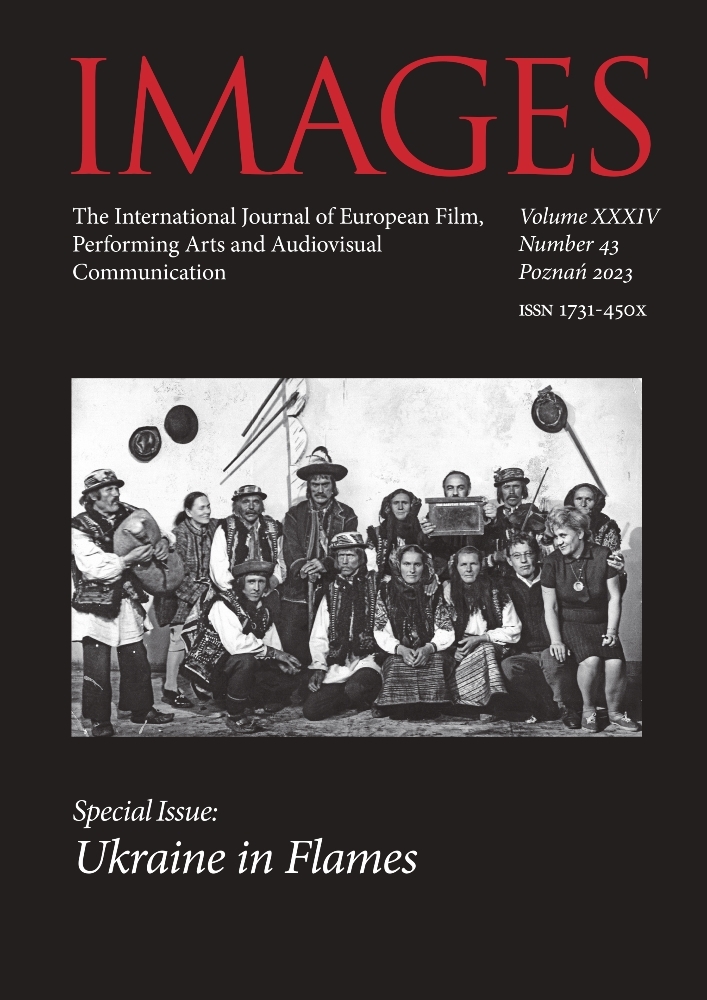Abstrakt
Since the problem of representing the Holocaust first emerged, philosophers, writers and filmmakers have tried to find appropriate aesthetic methods of expression. Two approaches dominate the thinking about the Shoah: Claude Lanzmann’s claim of “the event without images” and George Didi-Huberman’s “images in spite of all”. The author’s analysis deconstructs these two theoretical approaches through the interpretation of two films: the Polish Kornblumenblau and the Hungarian Son of Saul and the notion of “the images which are not there”, that is, the non-existent photographs of the Nazi “Final Solution”. The main thesis of the essay states that cinematic representation and artistic expression can substitute for the lack of historical and visual (mostly photographic) depictions of the Holocaust. With the inspiration of theory (Giorgio Agamben, Siegfried Kracauer), I consider different methods of dealing with the dilemma of “unimaginable Auschwitz” and the concept of “bare life” as an aesthetical problem.
Bibliografia
Agamben G., The Remnants of Auschwitz. The Witness and the Archive, trans. D. Heller-Roazen, New York 2002
Didi-Huberman G., Obrazy mimo wszystko, trans. M. Kubiak Ho-Chi, Kraków 2008
Głowiński M., Groteska jako kategoria estetyczna, [in:] Groteska, ed. M. Głowiński, Gdańsk 2003, pp. 5–15 Kracauer S., Teoria filmu, trans. W. Wertenstein, Gdańsk 2008
Majewski T., Siegfried Kracauer: teoria filmu po Zagładzie, [in:] Pamięć Shoah. Kulturowe reprezentacje i praktyki upamiętnienia, eds. T. Majewski, A. Zeidler-Janiszewska, Łódź 2011, pp. 539–552
Ślady Holokaustu w imaginarium kultury polskiej, eds. J. Kowalska-Leder, P. Dobrosielski, I. Kurz, Warszawa 2017
Topolski J., Holokaust a język historyka, “Annales Universitatis Marie Curie-Skłodowska” 1996, no. 51(18), pp. 217–231
Vincze T., The Phenomenology of trauma. Sound and Haptic Sensuality in Son of Saul, “Acta Universitatis Sapientiae, Film and Media Studies” 2016, no. 13, pp. 107–126 DOI: https://doi.org/10.1515/ausfm-2016-0017
Licencja
Prawa autorskie (c) 2023 Agata Jankowska

Utwór dostępny jest na licencji Creative Commons Uznanie autorstwa 4.0 Międzynarodowe.

